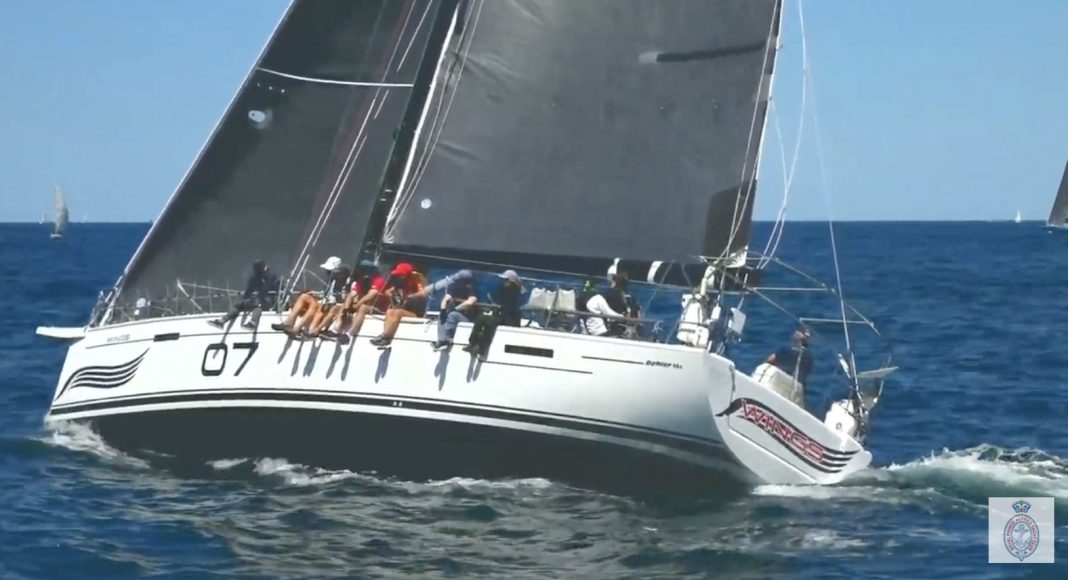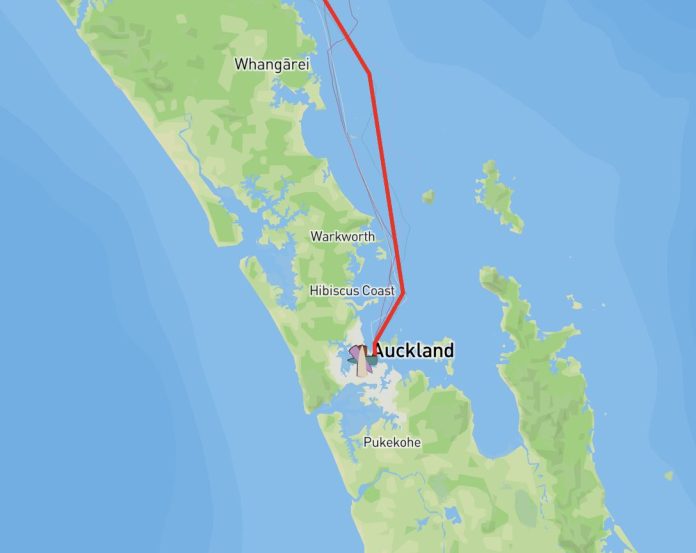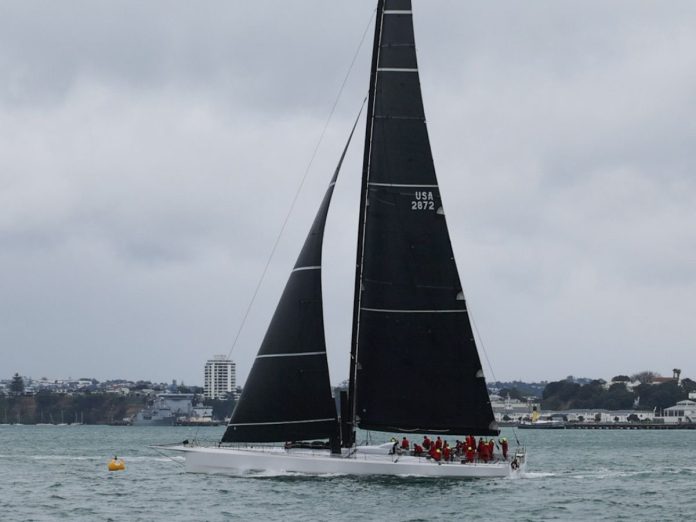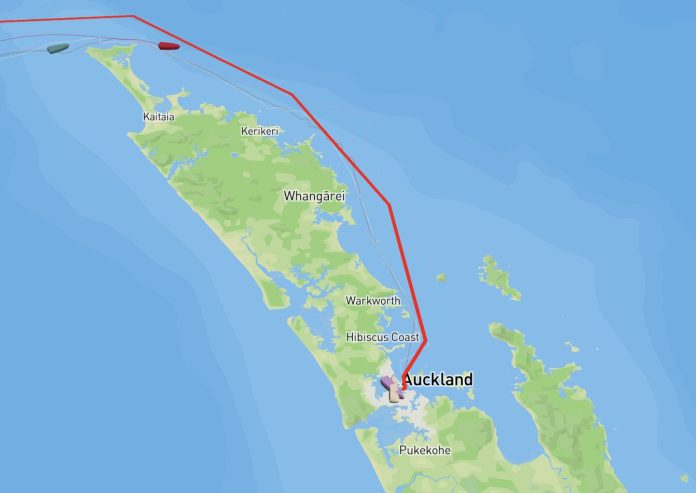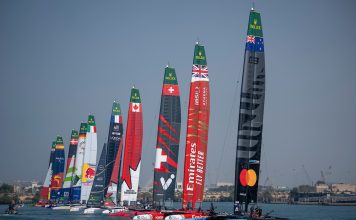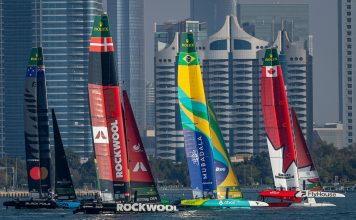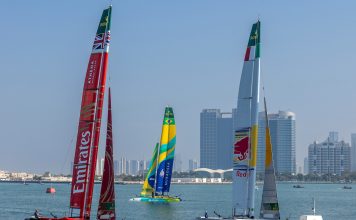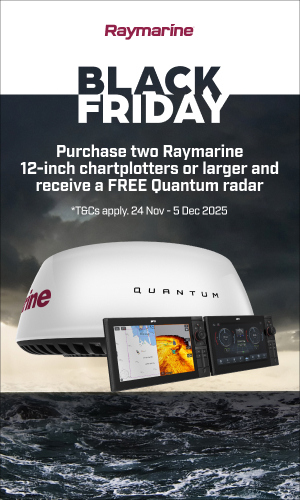A fast start in the making
As crews prepare for Saturday’s Sydney to Auckland Ocean Race 2025, the forecast suggests an energetic opening chapter.
Race meteorologist Dr Roger Badham – better known to sailors as “Clouds” – expects strong westerlies, pre-frontal squalls, and a developing high to shape the 1,250-nautical-mile crossing.
Speaking ahead of the race, Badham outlined a complex system that could deliver both speed and strategy in equal measure.
“Competitors can look forward to a fast and lively start powered by strong north-westerlies,” he said. “The challenge will come later in the week when lighter, variable winds develop as high pressure builds toward New Zealand.”
The Tasman in motion
At the start, the fleet will depart Sydney under a west–northwest flow extending from New South Wales to New Zealand, holding through until Monday, 13 October.
A cold front is forecast to move off the NSW coast on Monday, sweeping across the Tasman and reaching New Zealand’s North Island by Tuesday afternoon.
Ahead of the front, north-westerlies of 25–30 knots are expected, before easing and shifting southwest behind the change.
By midweek, a high-pressure system will build over the western Tasman and drift slowly east, bringing more settled conditions and lighter breezes for the approach to New Zealand. Another front is predicted to reach the North Island early the following week — likely after most of the fleet has finished.
Currents, strategy, and speed
The East Australian Current remains the defining ocean feature early in the race, pushing eastward between 153°E and 159°E.
This warm, fast-moving stream may offer a useful boost for yachts heading offshore from Sydney, though Badham cautions that wind strategy will outweigh current gains once the fleet settles into the Tasman.
Forecast models show some variation: the GFS model predicts stronger pre-frontal winds than its European ECMWF counterpart.
Based on the slower EC model, expected race times range from just under three days for the Juan K 52 Lucky to around six days for Cooloola, one of the fleet’s heavy-displacement entries.
Classic Tasman challenge
Race Director Nick Elliott described the setup as “a proper Tasman crossing — fast, tactical, and full of decisions.”
“The weather window looks exciting,” he said at Friday’s Skippers’ Briefing at the Royal Prince Alfred Yacht Club. “There’ll be pressure early and choices later, with the transition into lighter airs demanding precision and patience.”
For sailors, this year’s race promises exactly what the Sydney–Auckland route is famous for: a wild ride out of Australia, a mid-ocean puzzle, and a strategic approach to New Zealand.
From the powerful 52-footers like Lucky to Corinthian entries tackling their first trans-Tasman, the stage is set for a race that blends endurance, seamanship, and meteorological nerve.
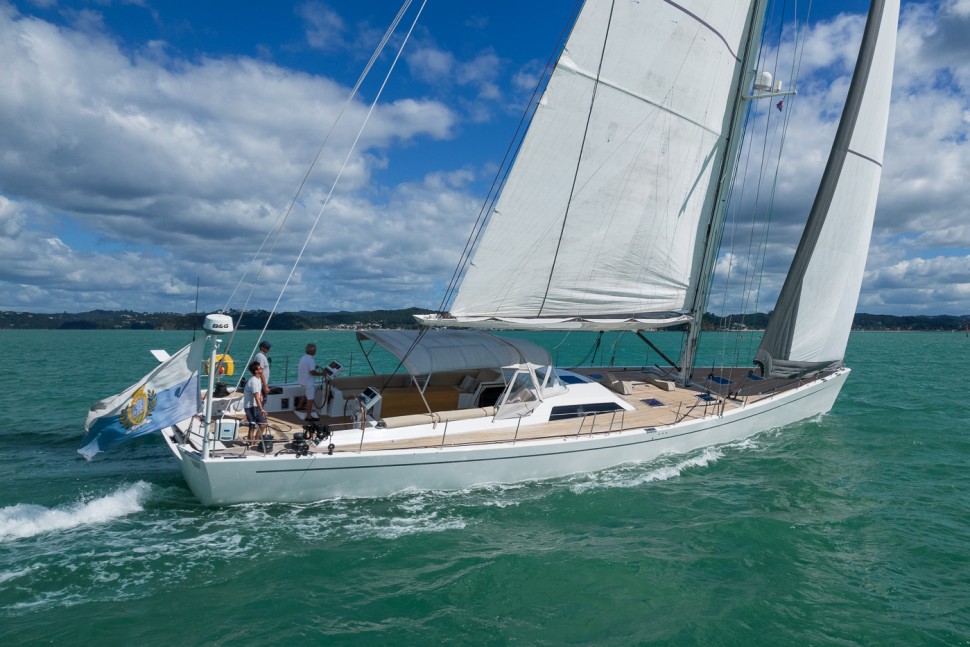
What lies ahead
By the time the fleet makes landfall in Auckland, the new high should settle over the North Island, signalling a calmer arrival — though by then, the stories will already be written.
Boating New Zealand will follow the race throughout the weekend and into next week, with updates from both sides of the Tasman.








